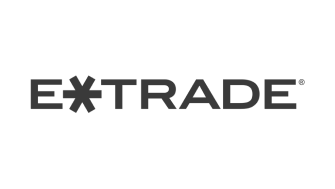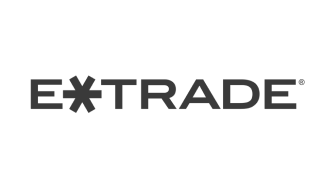Why Community Matters in the FIRE Movement
The FIRE (Financial Independence, Retire Early) movement is a financial strategy, but also a lifestyle shift that emphasizes intentional living, frugality, and long-term planning. While the road to financial independence isn’t easy, traveling it alongside others facing the same challenges makes the journey far more rewarding. That’s where the power of community begins to show its value.
Shared Knowledge and Resources
One of the biggest benefits of joining the FIRE community is access to a wealth of shared knowledge.
From investment strategies to budgeting tips, members openly share their experiences and lessons learned, giving others invaluable insights.
Online forums, blogs, and podcasts become spaces where people discuss challenges, celebrate milestones, and offer advice, creating a support network that helps everyone make smarter decisions, avoid common pitfalls, and stay up to date on best practices.
Learning from those who are further along the path to financial freedom also helps set realistic expectations.
Hearing about their setbacks and mistakes reinforces that this journey isn’t easy, and that encountering bumps along the way is normal.
Beyond knowledge, however, is the encouragement that comes from walking the path with others.
Support and Motivation
One of the biggest hurdles on the path to financial independence is developing the discipline and long-term commitment required.
FIRE isn’t a short-lived fad but a complete lifestyle adjustment.
Joining a supportive community helps by fostering accountability through regular check-ins, shared goals, and group challenges that motivate members to stay on track.
Celebrating even small victories together reinforces positive behaviors and keeps motivation high during tough times.
At the same time, engaging with like-minded individuals provides emotional support and understanding, helping to alleviate the isolation that can come from making financial choices that differ from societal norms; sharing experiences, discussing fears, and seeking advice in a safe space all reinforce one’s commitment to the FIRE path.
And as that trust builds, something else emerges, opportunity.
Opportunities for Collaboration
Communities often open doors to collaborative opportunities.
Whether it’s co-investing in real estate, starting a side hustle, or organizing local meetups, being part of a network allows individuals to pool resources, share risks, and benefit from collective endeavors.
These collaborations can accelerate progress towards financial goals and enrich the FIRE journey.
But the benefits of community don’t end with what’s shared or built, they also include how members adapt and grow.
Adaptability and Growth
The FIRE movement is continually evolving, with new strategies and tools emerging regularly.
Active participation in the community ensures that individuals stay informed about the latest developments.
As the needs of the FIRE community mature, so do the investment tools built to serve them, like the FIRE Funds™ ETFs, which were designed to reflect the values of flexibility and intentional investing.
Whether it’s learning from peers or exploring new vehicles for wealth building or income, staying connected empowers FIRE followers to evolve with confidence.
Ready to take the next step on your FIRE journey? Explore our ETFs designed to support your financial independence goals at https://fire-etfs.com/
Risks
Investors should consider the investment objectives, risks, charges, and expenses of the ETF carefully before investing. For copies of our prospectus or summary prospectus, which contain this and other information, visit us online at www.fire-etfs.com or call (855) 514-2777. Please read the prospectus and/or summary prospectus carefully before investing. Investing in securities involves risk and there is no guarantee of principal.
The FIRE ETFs do not invest directly in bitcoin or gold.
ETFs: ETFs that the Fund may invest in are subject to market, economic and business risks that may cause their prices to fluctuate. Shareholders will pay higher expenses than would be the case if making direct investments in the underlying ETFs. Because the Fund invests in ETFs, it is subject to additional risks that do not apply to conventional mutual funds, including the risks that the market price of an ETF’s shares may trade at a discount to its net asset value (“NAV”), an active secondary trading market may not develop or be maintained, or trading may be halted by the exchange in which they trade, which may impact a Fund’s ability to sell its shares.
Asset Allocation Fund of Funds Risk: Asset allocation decisions, techniques, analyses, or models implemented by the Adviser may not produce the expected returns, may cause the Fund’s shares to lose value or may cause the Fund to underperform other funds with similar investment goals. Although the theory behind asset allocation is that diversification among asset classes can help reduce volatility over the long term, the Adviser’s assumptions about asset classes and the Underlying ETFs may diverge from historical performance and assumptions used to develop allocations in light of actual market conditions. There is a risk that you could achieve better returns by investing in an individual fund or funds representing a single broad asset class rather than investing in a fund of funds. The Fund’s performance is also closely related to the Underlying ETFs’ performance and ability to meet their investment goals. Fund shareholders bear indirectly the expenses of the Underlying ETFs in which the Fund invests in addition to the Fund’s management fee so there is a risk of an additional layer or layers of fees. The Fund’s actual asset class allocations may deviate from the intended allocation because an Underlying ETF’s investments can change due to market movements, the Underlying ETF’s investment adviser’s investment decisions or other factors, which could result in the fund’s risk/return target not being met. As a fund of funds, the Fund is exposed to the same risks as the Underlying ETFs in proportion to the Fund’s allocation to those Underlying ETFs.
Aggregated Underlying ETF Risks: The following risks associated with the Underlying ETFs, when combined, are expected to become principal risks at the Fund level due to their significant impact on the Fund’s overall performance, volatility, and ability to achieve its investment objective.
These opinions are not intended to be a forecast of future events, a guarantee of results, or investment advice.
* As of 11/30/2024, Mike Venuto manages a total of 236 accounts, including 60 registered investment companies and 176 other accounts. The AUM for the 60 registered investment companies is $8.2 billion, and the AUM for the Other accounts is $43 million.
** As of 11/30/2024, Dan Weiskopf manages a total of 33 accounts, including 5 registered investment companies and 28 other accounts. The AUM for the 5 registered investment companies is $1.2 billion, and the AUM for the Other accounts is $14 million.
Distributed by Foreside Fund Services, LLC. Foreside is not related to Investment Adviser, Tidal Investments, LLC.

























